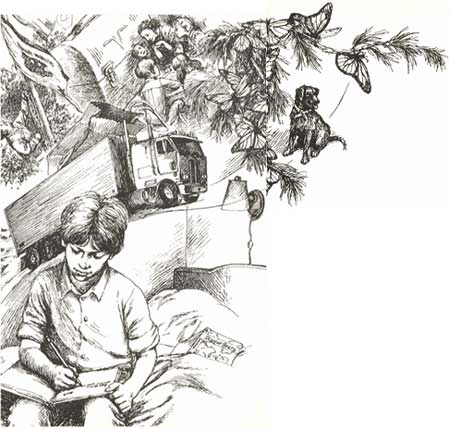Reading Log
Genre / Titles you
read (Hit enter after each one and a new number should pop up)
I.
Non-fiction/Informational (1 chapter book or photo
essay book reflection required on blog)
1)
Chameleon, Chameleon by Joy Cowley
II.
Poetry (1 chapter or picture book reflection required
on blog)
1)
Hate that Cat by Sharon Creech. (required
for discussion – do NOT use on blog)
2)
The Real Mother Goose by Blanche Fisher
Wright
III.
Modern Fantasy (1 chapter book reflection required on
blog)
1)
I, Jack
by Patricia Finney. (required for discussion – do NOT use on
blog)
2)
Charlotte’s Web by E.B. White
3)
The Hunger Games by Suzanne
Collins
4)
Catching Fire by Suzanne Collins
5)
Mockingjay by Suzanne Collins
IV.
Historical Fiction (1 reflection required on blog –can
be a picture book)
1)
The Teacher’s Funeral by Richard
Peck. (required for discussion – do NOT use on blog)
2)
Number the Stars by Lois Lowry
V.
Multicultural/Traditional (2 reflections required on
blog – one can be a picture book)
1)
Hiroshima
2)
Why Mosquitoes Buzz in People’s Ears by
Verna Aardema
3)
Rapunzel by Paul O. Zelinsky
4)
The Lion & The Mouse by Jerry Pinkney
5)
Stone Soup by Marcia Brown
VI.
Realistic Fiction (1 chapter book reflection required
on blog)
1)
Baby by Patricia MacLachlan.
(required for discussion – do NOT use on blog)
2)
Dear Mr. Henshaw by Beverly Cleary
VII. Picture
Books (5 reflections required on blog during the first two weeks of class.
There should be a total here of at least six.)
1)
The Wednesday Surprise by Eve
Bunting. (required for discussion – do NOT use on blog)
2)
When I was Young In The Mountains by
Cynthia Rylant
3)
Moja Means One - Swahili Counting Book
by Muriel Feelings
4)
The Biggest Bear by Lynd Ward
5)
Many Moons by James Thurber
6)
Kitten’s First Full Moon by Kevin
Henkes
7)
The Hello, Goodbye Window by
Norton Juster
8)
The Polar Express by Charles Van
Allsburg
9)
Flotsam by David Wiesner
10) Ten
Black Dots by Donald Crews
Wiki Checklist
____ Social Studies
__x_ Science
__x_ Math
____ Music
__x_ Art
__x_ Reading/Language Arts
____ Physical Education
____ Other



 Throughout this story, we see Leigh's different daily battles through his letters to Mr. Henshaw. We hear about his parents divorce, the mysterious lunch thief, and even his dog who went off to travel with his dad to keep him company on his long hauls. Then we see a type of friendship formed between a young, 10 year old boy and his favorite author.
Throughout this story, we see Leigh's different daily battles through his letters to Mr. Henshaw. We hear about his parents divorce, the mysterious lunch thief, and even his dog who went off to travel with his dad to keep him company on his long hauls. Then we see a type of friendship formed between a young, 10 year old boy and his favorite author. 

